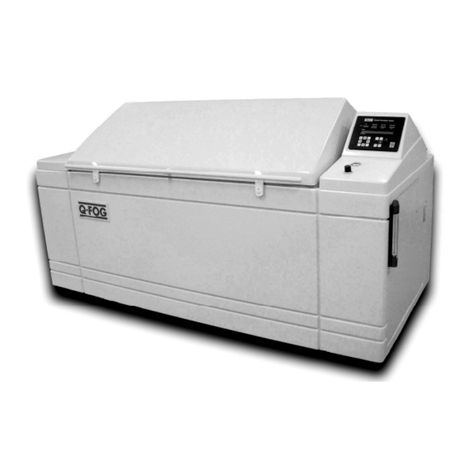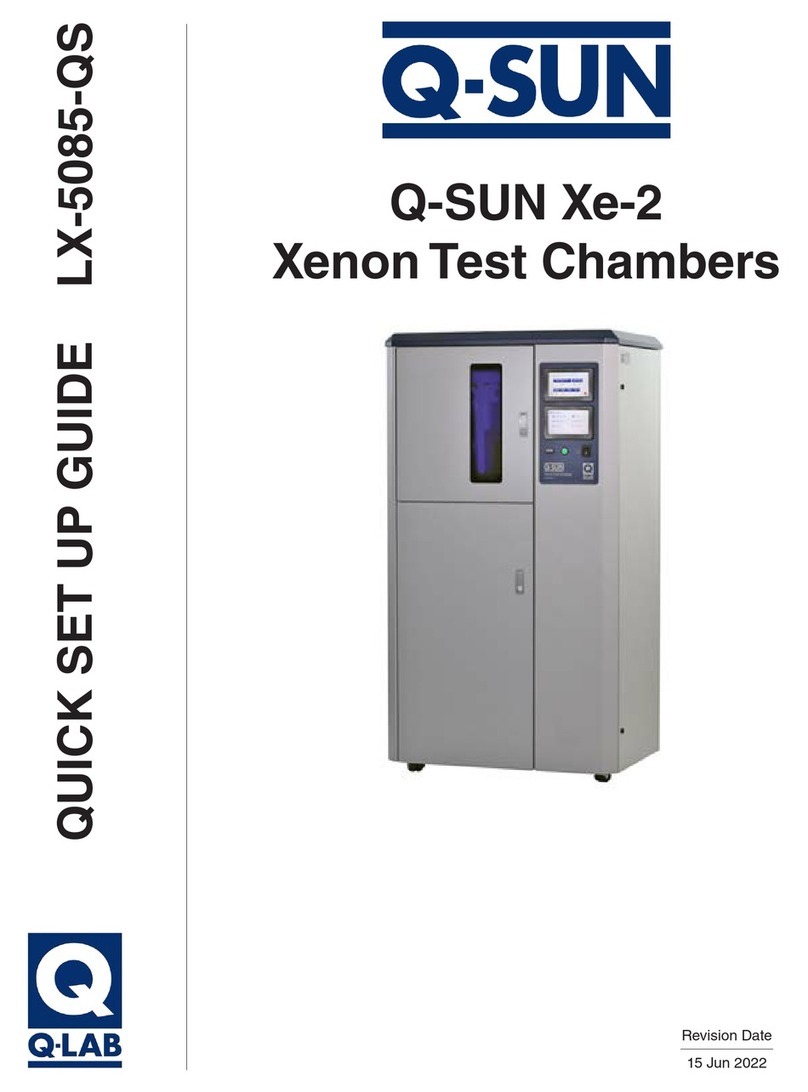
2
Table of Contents
Table of Contents
1. Specications, Classications, Symbols (Feb 2015) ............ 3
2. Safety Information ................................................................... 5
2.1 Heat and Electrical Shock Hazards (Dec 2020) ................... 5
2.2 Ultraviolet and Infrared Hazards (Mar 2019) ......................... 7
2.3 Dual Spray System (Oct 2020) ............................................. 8
3. General Description (Oct 2020) .............................................. 9
4. Operating Environment ..........................................................11
4.1 Suitable Environments (May 2020)......................................11
4.2 Unsuitable Environments (May 2020)................................. 12
5. Setup....................................................................................... 14
5.1 Xe-3 Uncrating (Dec 2020) ................................................. 14
5.2 Chiller Uncrating (Apr 2021) ............................................... 19
5.3 Chiller Assembly (Apr 2021) ............................................... 25
5.4 Xe-3 Exhaust Vent Assembly (Dec 2020) ........................... 29
5.5 Back Spray Set Up (Oct 2020)............................................ 32
5.6 Dual Spray Uncrating and Assembly (Dec 2020)................ 33
5.7 Dimensions and Space Requirements (Mar 2020)............. 36
5.8 Electrical (Apr 2022) ........................................................... 38
5.9 Water (Sep 2020)................................................................ 41
5.10 Venting (Dec 2020) ........................................................... 46
6. Start Up................................................................................... 48
6.1 Specimen Mounting (May 2020)......................................... 48
6.2 Q-SUN Xe-3, All “E” Models Control Panel (May 2020) ...... 48
6.3 Q-SUN Xe-3-H Control Panel (May 2020) .......................... 50
6.4 Chiller (May 2020) .............................................................. 51
6.5 Dual Spray (May 2020) ....................................................... 52
7. Warranty (Oct 2020)................................................................ 53
8. Repair and Tester Support (Sep 2020) ................................. 54





























